Samsung OLED Materials – Should You Care?
OLED stack composition differs with each producer and there are a considerable number of subtleties that go into stack structure and the materials used for each category, but the most important is the emitters, those materials that produce the light that illuminates the display. There are a number of types of emitters, but the broad categories are fluorescent and phosphorescent, with all but blue emitter material being phosphorescent. Phosphorescent OLED emitters produce 3 times the number of ‘excitons’[1] as fluorescent OLED emitters and are therefore able to generate significantly more light, but are not available in blue, which makes the RGB (Red, green, blue) OLED stack one with red and green phosphorescent OLED materials and a blue fluorescent material. Universal Display holds the IP for the use of phosphorescent OLED emitters based on a number of heavy metals, and all commercial OLED producers use UDC’s phosphorescent OLED emitter materials and licenses same.
This gives UDC a considerable amount of leverage in OLED emitter pricing, but at the same time must maintain long-term supply relationships with its customers, particularly Samsung Display, LG Display (LPL), and BOE (200725.CH). As part of those relationships, UDC develops new phosphorescent OLED emitter materials that it presents to its customers for evaluation, with the hope that these new phosphorescent emitter materials will be incorporated in the customer’s next OLED display stack iteration to improve the display. But there is a bit more to the process, and that is phosphorescent OLED emitter pricing.
When a customer agrees to be supplied by UDC the specific materials under the agreement are priced at an initial rate/kilogram and a schedule is derived that sets volume based points at which the price of the material declines until it reaches a ‘terminal’ value at which point it remains, so profitability for UDC, and likely other stack material suppliers can be dependent on the ratio of ‘new’ Phosphorescent OLED emitters the company sells relative to how much ‘old’ material the company sells, as each new material purchased sets that material’s price point back to the higher level and starts the price declination process again.
Given that in most quarters Samsung is UDC’s biggest customer, we pay attention to any information concerning Samsung Display’s plans for changes to its OLED stack as they correlate, at least to a degree, to a portion of UDC’s emitter material sales, and while it is difficult to decouple the various OLED stacks that SDC uses for each of its smartphone displays, we note that those changes can be part of the cause and effect that push UDC material sales in a particular direction. A successful Galaxy smartphone using a new stack can generate incremental material sales for UDC, while the long-term use of an older stack material set could generate less.
There is of course, a balance between a low volume product like the Samsung Galaxy Fold series that will likely update stack materials each year and lower price tier Samsung OLED displays that use older OLED emitter sets but generate higher volumes, so changes to SDC’s OLED stack materials can influence material suppliers and this year it seems that SDC has decided to upgrade stack materials in some models and not in others. The Galaxy S21 used the M10 stack set and it looks like the Galaxy S22 will use the same, while the Galaxy S22+ will be updated from last year’s M10 stack to the newer M11, resetting the price, although surprisingly the Galaxy S22 Ultra, which has become a replacement for the Galaxy Note series which Samsung has discontinued, will not be upgraded from the M11 stack to a new emitter material set.
As this is the top of the Galaxy S Series, SDC is likely trying to contain costs against the rising cost of silicon and components to maintain the price of the S22 Ultra at last year’s level while maintaining margins. In theory this could have some impact on UDC’ material sales this year, but would likely be a relatively small influence against and upgraded stack for Samsung’s foldables and the next iPhone iteration, which is also expected to see a new material stack. We also take into consideration the expansion of LG Display’s OLED TV unit volume and BOE’s increased OLED display unit volume with Apple (AAPL) this year, so we expect any SDC material sales imbalances will be short-lived or barely perceptible, but we will know more tonight when UDC reports 4Q results and (hopefully) give guidance for 2022.
[1] Quasi-particles that releases light energy (photon) for a short period before returning to a normal electrical state.






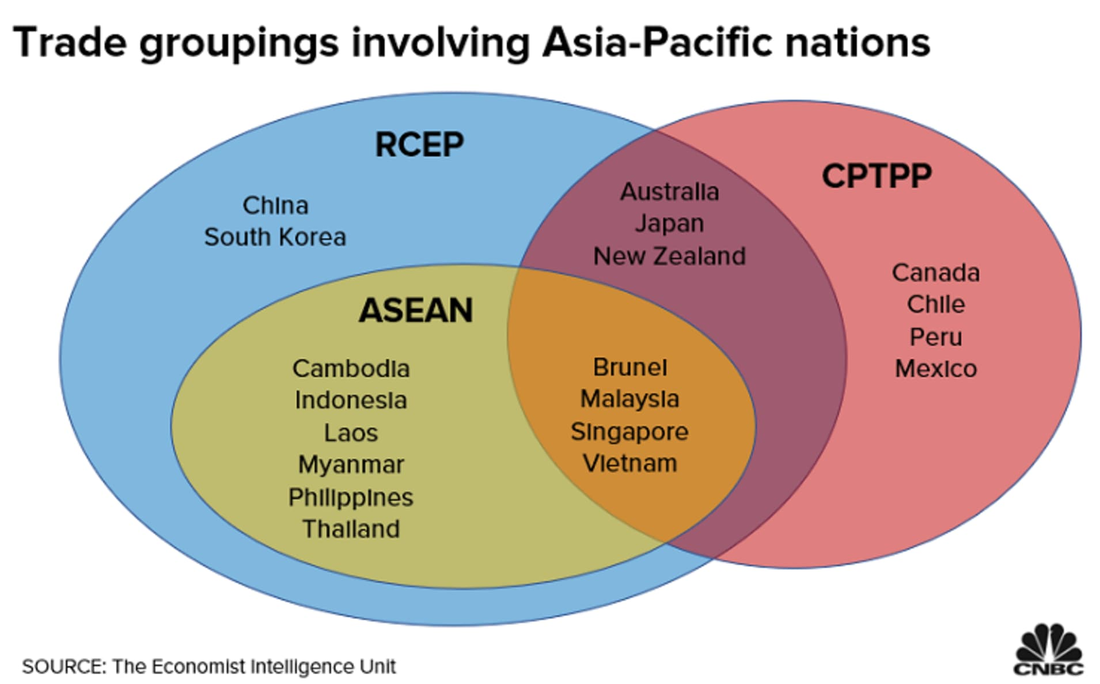
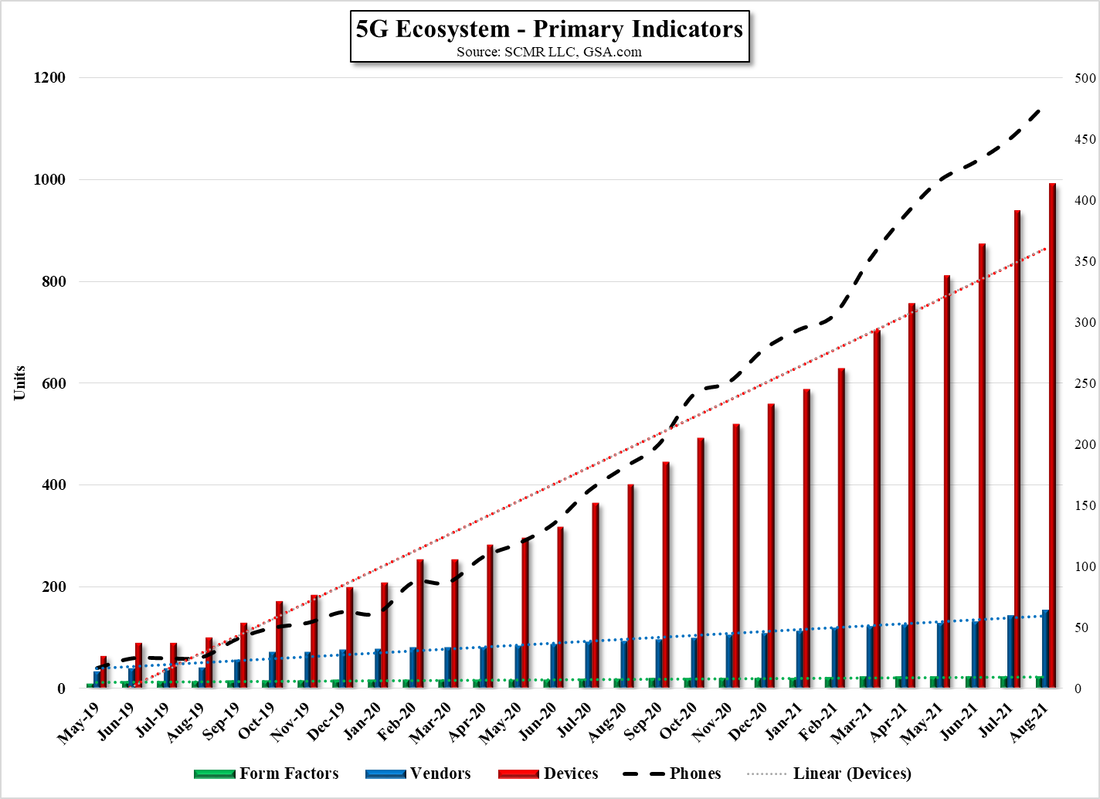
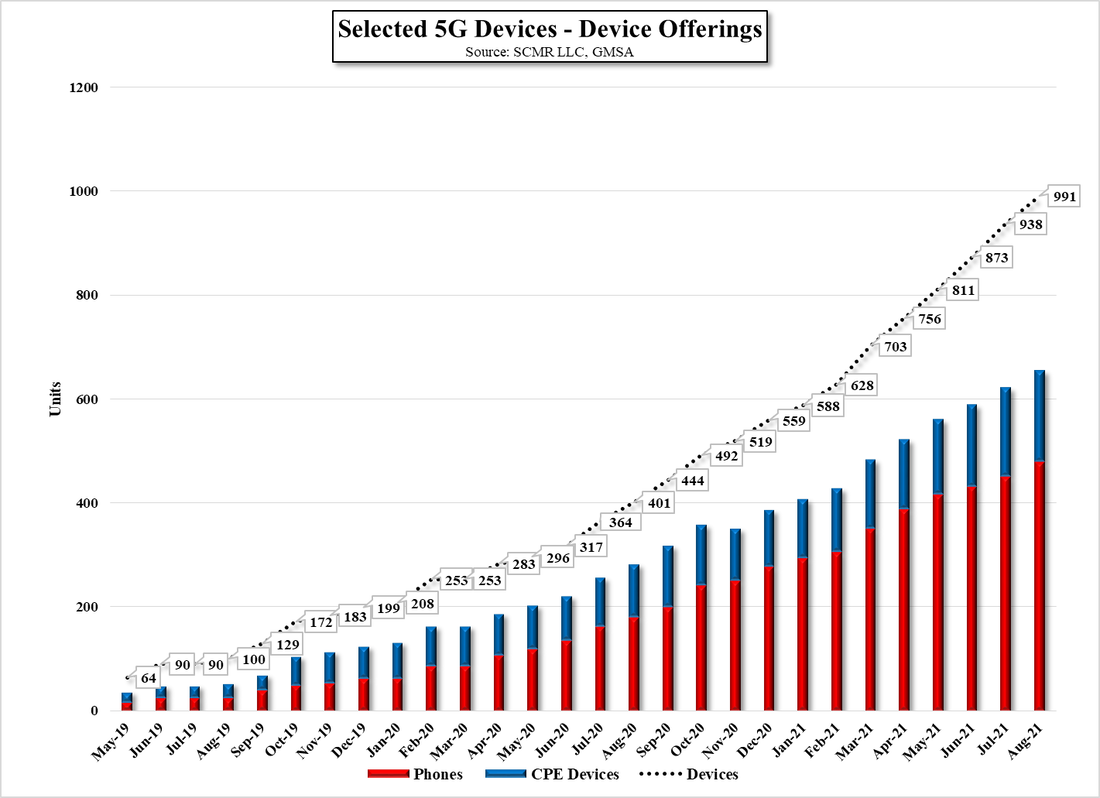
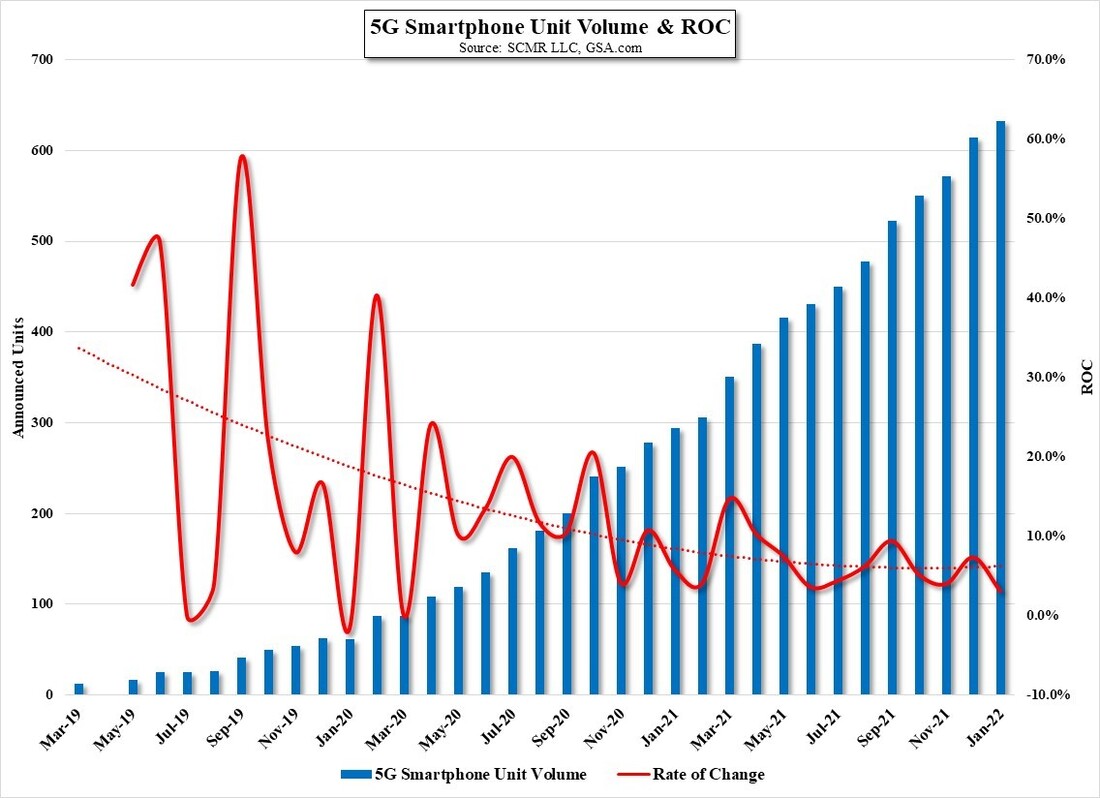
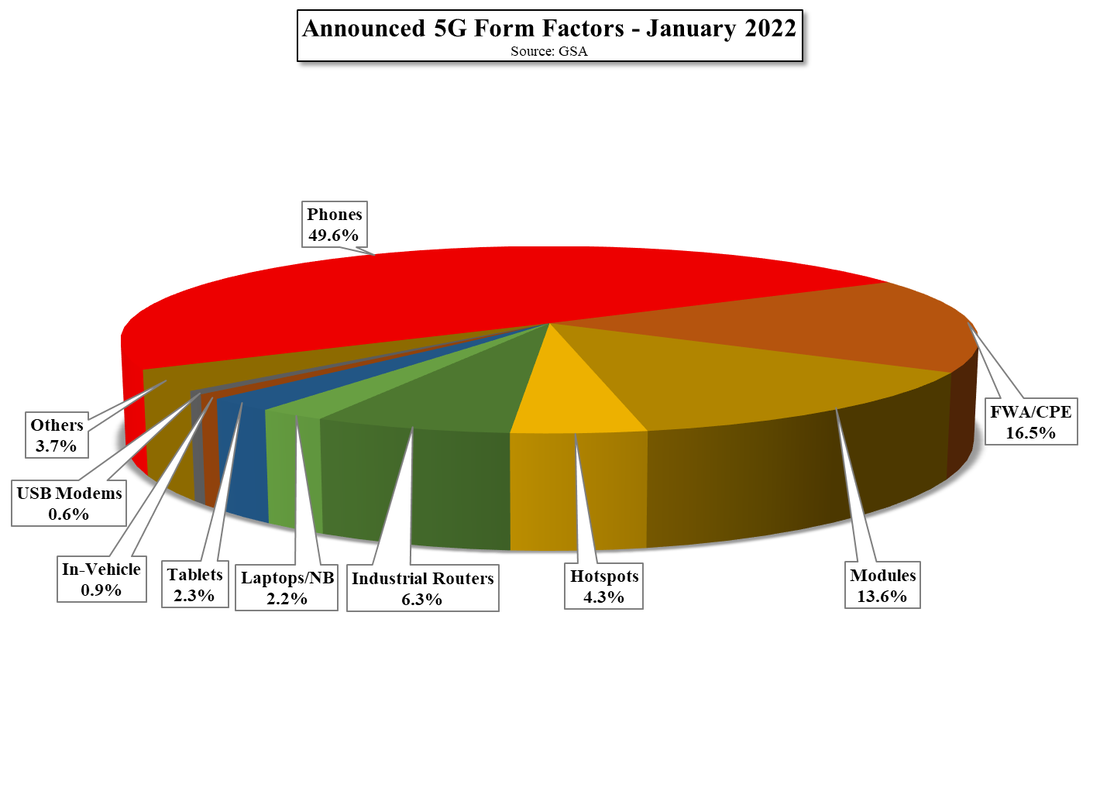
 RSS Feed
RSS Feed